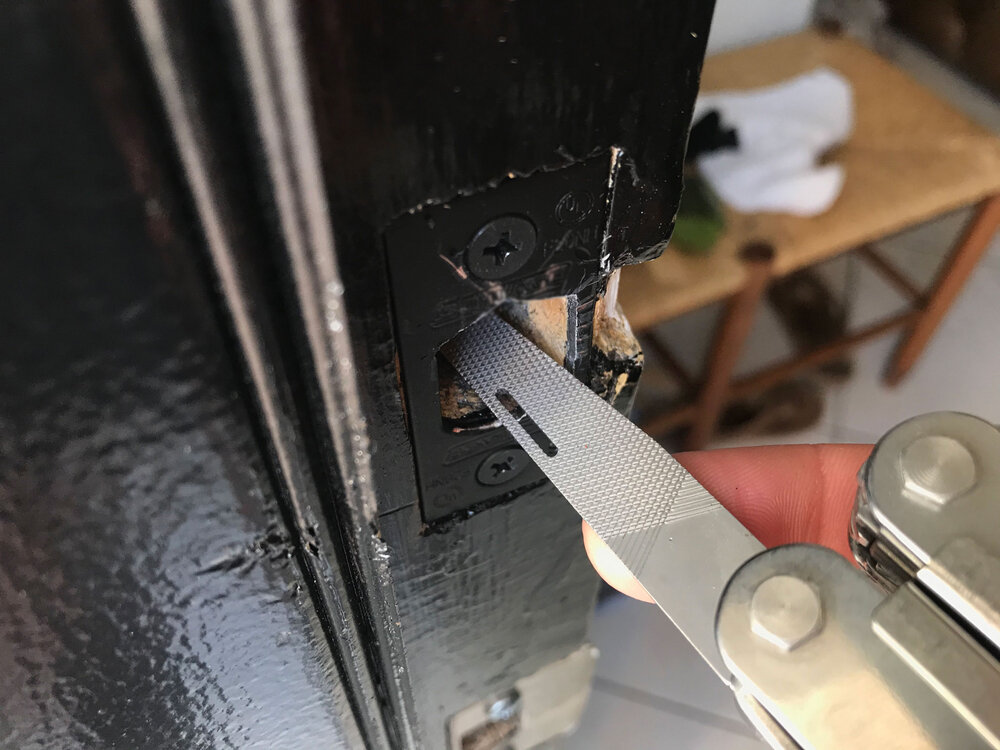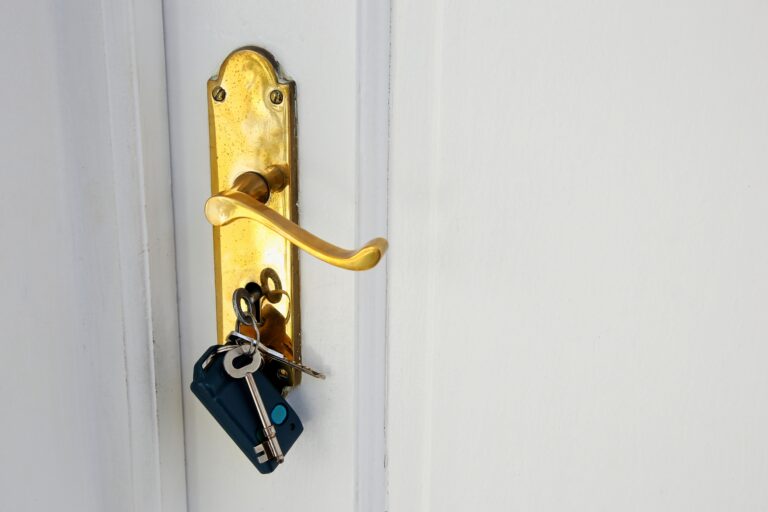

Keys getting stuck in locks is a frustrating problem many homeowners face. Whether it’s a stubborn key or a jammed lock, this guide will walk you through practical solutions for effective lubrication and repairs, allowing you to handle the issue yourself and avoid unnecessary locksmith fees. This comprehensive guide will explain the common causes of key jamming, outline effective lubrication techniques, and provide step-by-step instructions for fixing lock jams at home. We’ll delve into specific tools, materials, and troubleshooting tips, ensuring you’re equipped with the knowledge and confidence to tackle the problem efficiently and effectively. Let’s dive in!
Understanding the Root Causes of Stuck Keys
Identifying Key Jamming Issues
Keys getting stuck in locks can stem from various reasons, ranging from minor wear and tear to more significant issues. Understanding the underlying cause is critical to choosing the appropriate solution. Accumulation of dirt, grime, and debris in the lock mechanism is a common culprit. Over time, these particles can build up, leading to friction and jamming. Another significant contributor is the lack of proper lubrication, causing lock components to stick and seize up. In more severe cases, damaged key teeth or a malfunctioning lock mechanism may be the culprit, demanding more extensive repairs or even key replacement.
Common Key Jamming Scenarios
Let’s look at common scenarios to help understand the issue better. Imagine your house key refuses to turn past a certain point. This could be a sign of friction between the key and the lock components, perhaps caused by a lack of lubrication. A recurring issue is the lock feeling stiff, requiring more pressure to rotate the key. This could indicate buildup of debris or dry components, necessitating a lubrication solution. In rare cases, the key might break inside the lock cylinder. This scenario requires a professional locksmith intervention for extracting the broken key and repairing or replacing the lock.
Lubricating Your Locks
Related Post : Closet Doors Sticking? Simple Tricks to Keep Them Sliding Smoothly
Selecting the Right Lubricant
Choosing the right lubricant for your lock is crucial for effective repair and prevention of future jamming. A common and effective lubricant is a silicone-based spray. Silicone is compatible with metal, providing a smooth barrier against friction and protecting lock components from corrosion and degradation. White lithium grease, another highly useful lubricant, offers excellent lubricating properties. White lithium grease is durable and can withstand extreme temperatures, making it a valuable asset when you need long-lasting lubrication. When considering your choice, it’s essential to factor in the potential damage caused by harsh, abrasive lubricants or chemicals, which can damage the lock components over time.
Applying Lubricant Correctly
The correct application of lubricant is critical to achieving maximum effectiveness. Carefully spray the lubricant directly into the lock mechanism. Use a lubricant that is designed for precision application. Ensure that the lock is clean to minimize resistance when applying lubrication. Avoid over-lubrication, which may lead to unintended consequences. Pay close attention to the lock’s mechanism, focusing on the areas where the key meets the lock cylinder. Be sure to clean away excess lubricant to prevent buildup and maintain lock efficiency.
Fixing Jammed Locks
Identifying the Type of Lock Jam
Before attempting to fix a jammed lock, it’s essential to identify the type of jam. If the lock is only slightly stiff, you might try applying lubricant. If the key won’t turn at all, the situation is more complex, and a deeper look into the cause is needed. The key might be stuck due to excessive debris in the lock cylinder. Try using compressed air to clear out any dirt or grime buildup. If the key breaks during use, you may have to call a professional for key extraction and lock repair.
Troubleshooting Different Jam Types
One of the most common troubleshooting steps is using a lubricant, as indicated above. In more complex cases, removing the key cylinder might be required. Carefully inspect the lock cylinder and identify potential damages. Consult your owner’s manual for specific instructions on disassembling or lubricating your particular lock type. Employ caution while working with mechanical parts, taking precautions to avoid injury.
Additional Tips for Preventative Maintenance
Regular Key and Lock Inspection
Routine inspections can prevent major lock issues down the line. Regularly check your locks for signs of damage, friction, or wear and tear. Using a lubricant on a regular basis will ensure your locks are in tip-top shape, preventing future jamming issues. Pay attention to the key’s condition, checking for broken teeth or any signs of damage. Inspect your key to identify any signs of wear or unusual damage that might affect functionality.
Preventing Damage and Wear
Proper key handling is crucial for maintaining your lock’s performance. Handle keys with care, preventing scratches or bending that might impact the key’s function in the lock mechanism. Avoid excessive force when inserting or removing keys, as this can cause damage to both the key and the lock cylinder.
When to Call a Locksmith
Recognizing When Professional Help is Needed
While many lock issues can be resolved at home, some require professional intervention. If you’ve tried lubricating the lock, but the key still won’t turn, or if the key breaks inside the lock, it’s best to call a professional locksmith. If there’s damage to the lock itself or if you’re unsure how to proceed, don’t hesitate to reach out for help. An expert locksmith can assess the situation, provide appropriate solutions, and ensure that the lock operates smoothly and securely.
In conclusion, resolving stuck keys requires a systematic approach, from identifying the cause to selecting the appropriate lubricant and fixing the jam. Following these steps can save you time and money compared to calling a locksmith. If you’re still experiencing difficulties after attempting these methods, consult a professional locksmith for expert assistance. Don’t hesitate to share this guide with friends and family who might face similar issues. Let’s keep our doors functional and our keys working smoothly!